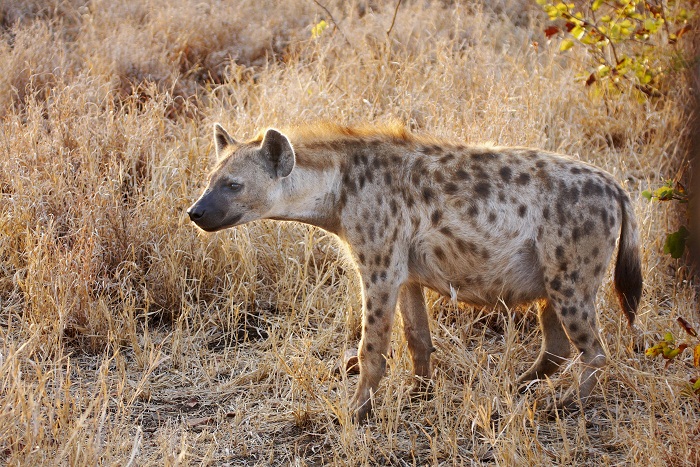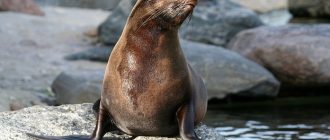Interested in the Masai Mara South Africa wild animals mating season? Learn more about South African wild animals mating season and the Masai Mara…
South Africa was a land that had wild animals roaming free through its landscape. There are many savage and wild beasts that have been encroached upon by human development. In recent years there has been a change in the pattern of migration. Many people still visit the Masai Mara tribe to see the magnificence of the wildlife in the restricted, yet traditional, wildlife haunts. Most of these animals are now located in fenced out reserves and national parks across Africa. However, fencing is not ideal, but it does protect the animals and birds from illegal hunting by poachers.
That is one problem that occurs mostly during the mating season in South Africa. The poachers consider the mating beasts easier to capture because they are involved in copulation. While the male gender is very defensive the female is often helpless in this situation and it becomes easier to hunt them down.
There are different safaris and tours that allow visitors to take in the wonders of the massive expanse of landscape that is home to these wild beasts.
One such area that evokes memories of the free land in Africa is the remote area of the Masai Mara tribe, which lies in the extreme southwest of Africa. Its hunting ground known as the Masai Mara National Conservation is located at the remote southwestern corner of the Kenyan territory. It is perhaps the largest conservation area that does not have fences and the wildlife keeps moving around according to their requirement and the territorial borders of their mates.
The massive movement of the wildlife can be seen in the 1,510 km2 area, which is a protected area, and more can be seen as far east and north as the Serengeti National Park in northern Tanzania as well as the eastern Loita Plains and Hills.
The movement and mating seasons are governed by the climate of the region. It gives the herbivores a large area to feed on all year round.
It is one of the most magnificent areas in the ecosystem and because it has a permanent source of water from the river it is home to the many mating animals in South Africa. In recent years large migrations have been noted mainly because of these water sources and an abundant supply of food.
There are around 1.5 million white-bearded gnu, 250,000 Burchell’s zebras and 500,000 Thomson’s gazelles, which migrate through these areas in a cyclic march every year. The migratory patterns were noted in the late 60s. The migratory pattern starts at birth and mating season occurs from end-of-the-year. Since there is a lot of area in which to graze and drop their calves, more and more animals give birth in this region. Approximately 400,000 gnu are born a during the six week time frame from the end of January to the middle of March. They are often preyed upon by the ever-hungry hyenas and jackals. By the time their journey starts in April the plains have already dried up and these animals are still too weak to start migrating. That is the reason that the herd starts moving west and north during their trek.





